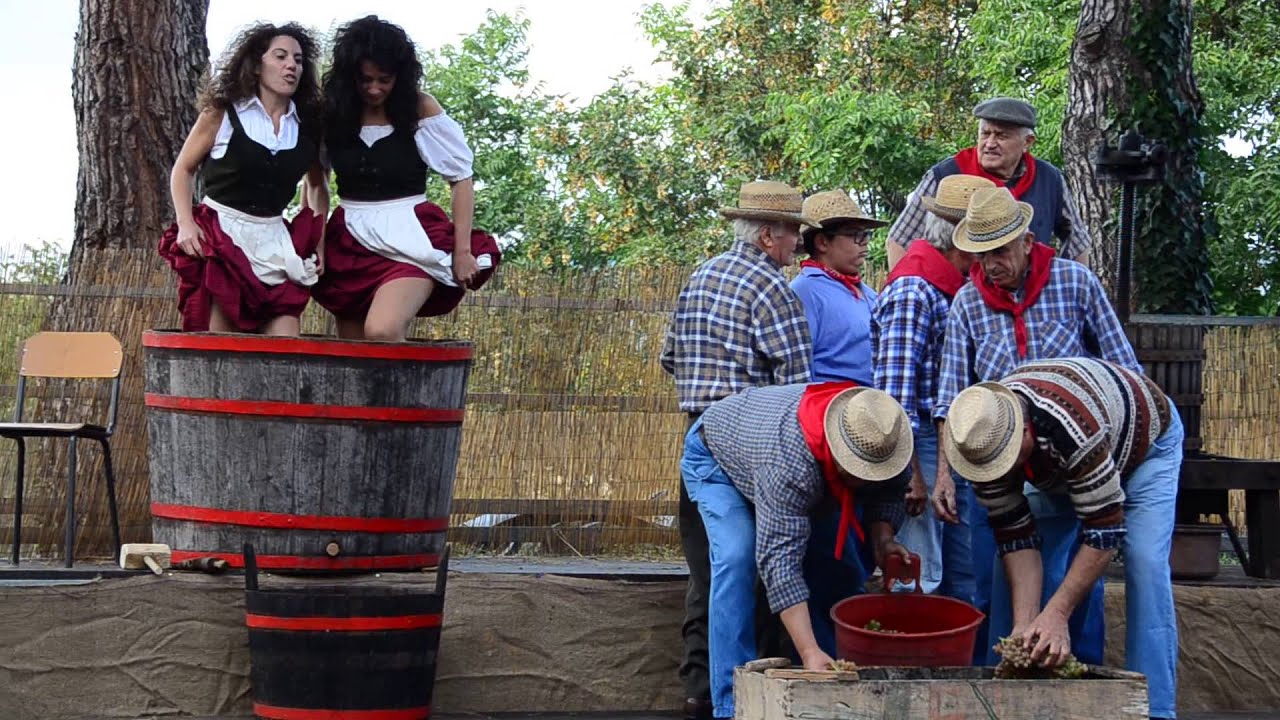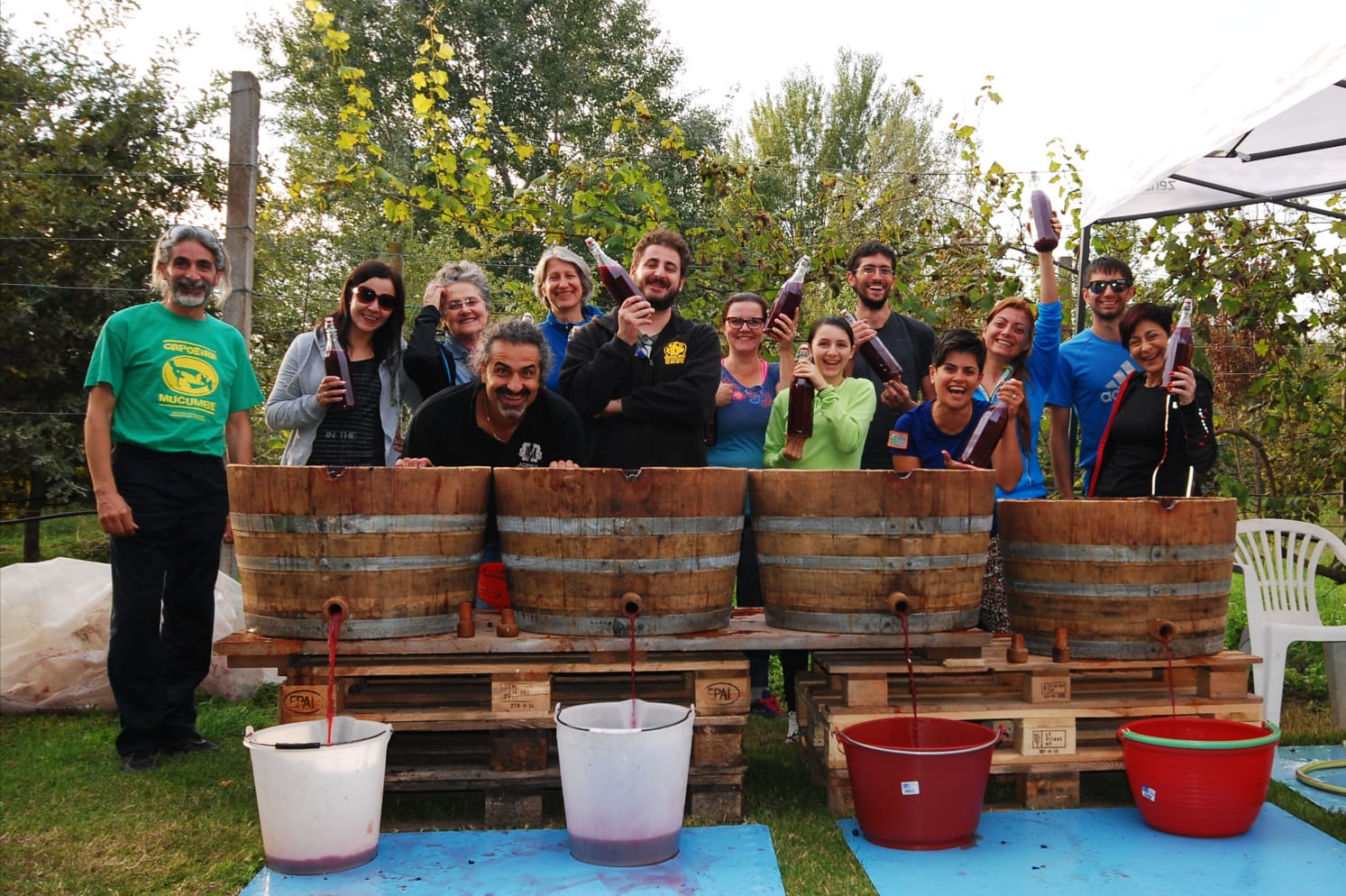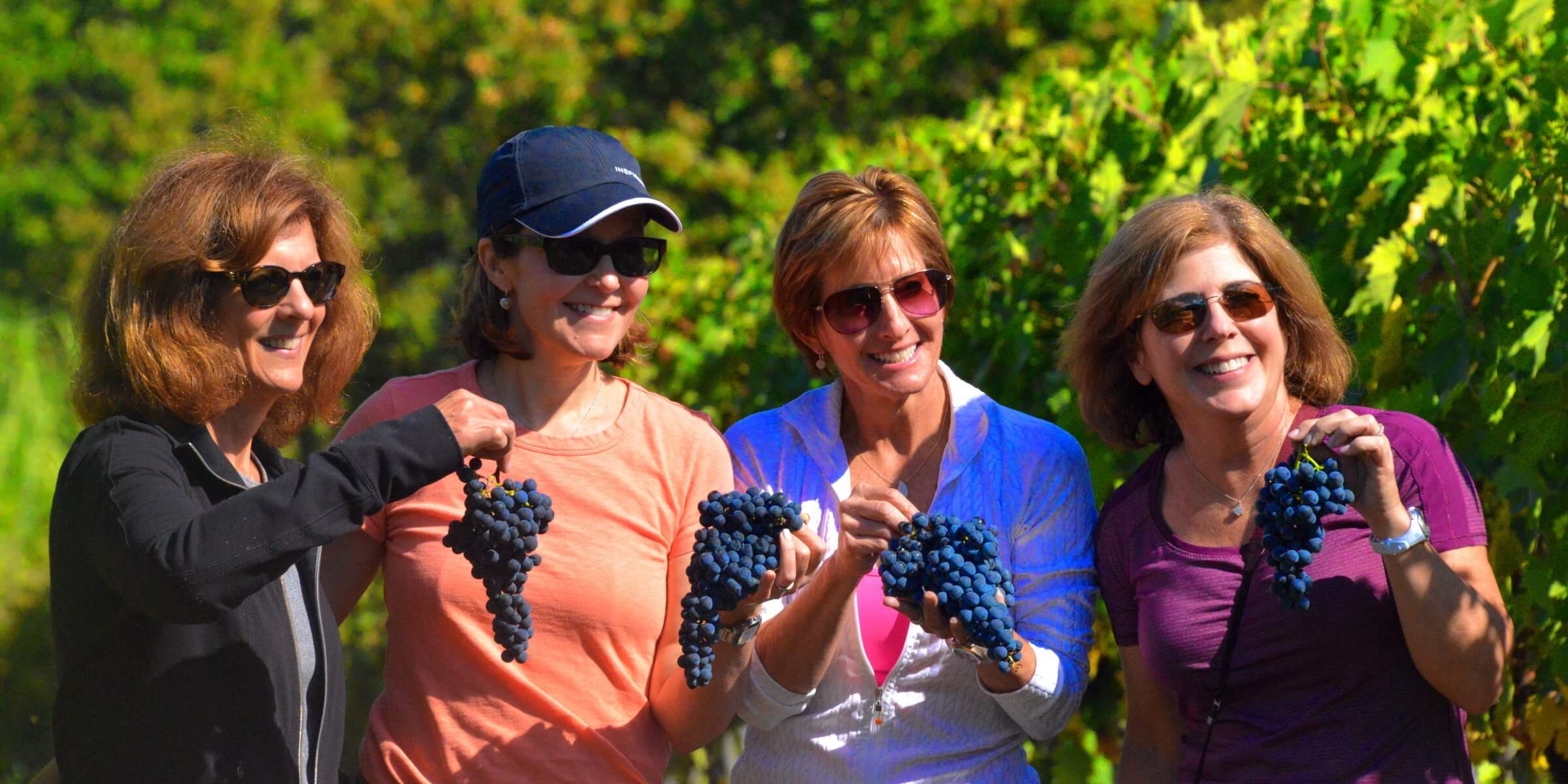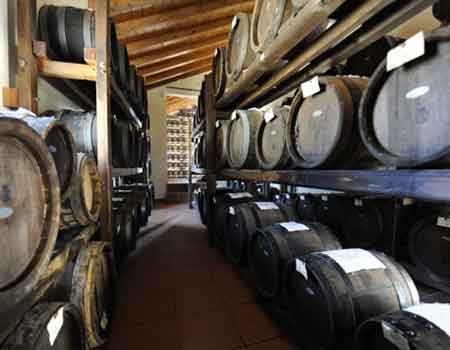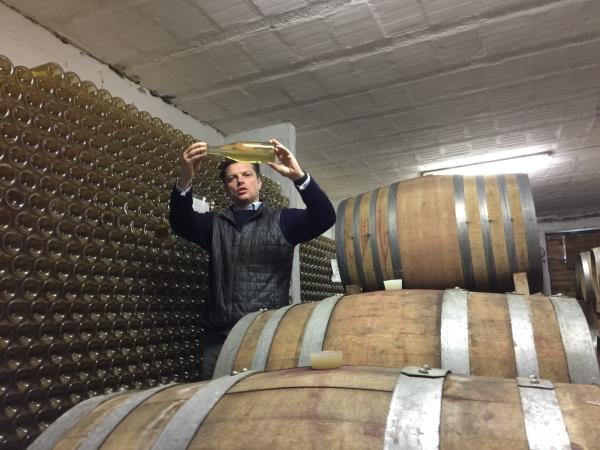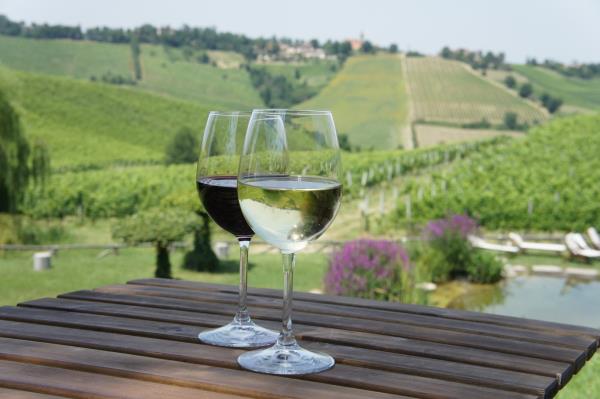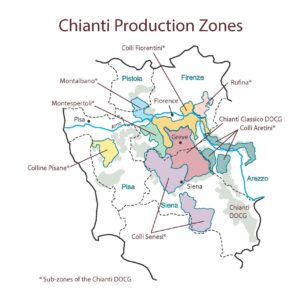Description
Chianti, Chianti and Chianti !
Chianti, Italy, is a region of Tuscany famous for its namesake red wine. Also referred to as the Chianti Classico region or the Chianti Hills, Chianti lies in the very center of Tuscany, between the larger cities of Florence and Siena. To the east lies the Chianti Mountains, and the area is bounded on the west by the Val di Pesa (Pesa Valley) and Elsa River. Due to its proximity to Florence and the A1 Autostrada, Chianti is an easily accessible region of Tuscany—perfect for a detour of a day or more for taking in the scenery, visiting medieval hilltowns, and touring local wineries.
Chianti Wine

While grapes for wine are grown in every region of Tuscany, Chianti, or Chianti Classico, may be the most familiar to people in the U.S. If you’ve ever been in a traditional Italian restaurant and see those wicker-covered wine bottles—often with a candle stuck in them—you’ve seen a Chianti bottle. Made mostly from Sangiovese grapes, Chianti was once thought of as a cheap table wine—and there’s still plenty of good, inexpensive Chianti out there. But beginning in the late 20th century, some winemakers sought to elevate Chianti to a higher level of quality.
Today, Chianti wine is sometimes referred to as the “Bordeaux of Italy,” due to its flexibility in blending and variability in style. Chianti is available at all price points, ranging from a few euros a bottle up to hundreds of euros for a single bottle. You may still find it bottled in a fiasco — that ubiquitous straw-covered bottle, but probably only in souvenir shops and the duty-free store at the airport.
Getting Around Chianti
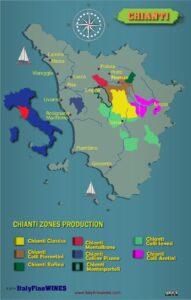
The main north-south road through Chianti Classico is the state road number 222 (SR222), shown on the map and known as la Chiantigiana. The Chianti area was delimited in 1932, and the boundaries have stayed the same since. Chianti Classico is “the oldest zone of origin” of Chianti. Travelers can stay at various lodging options, ranging from small hotels in towns to agriturismo accommodations, often set amid beautiful vineyards or olive groves.
Most visito is to Chianti arrive by car. The SR 222 can be picked up just southeast of Florence or north of Siena, and it winds through the heart of Chianti. The SR 429 runs east to west and connects Castellina in Chianti with Radda. Both roads are two-lane most of the way, and wind, climb, and curve their way through some of Tuscany’s most iconic countryside.
Train lines skirt Chianti, but none pass through the towns of the region. If you’re committed to seeing Italy by train, it’s best to travel by train to Siena or Florence, then arrange a private or group tour of wineries and smaller towns.
Places to Visit in Chianti
Greve in Chianti: The center of Chianti Classico is the town of Greve in Chianti. It’s not the most picturesque town in the region, but it has a pretty town square and several good restaurants and makes a convenient base for exploring the region. The town has a weekly market on Saturday mornings, and there is a wine tasting center on state road 222 where you can taste wine, olive oil, and sweet Vin Santo, a dessert wine. Travelers can gather additional information at the tourist office located at Piazza Giacomo Matteotti 10.
Radda in Chianti: Set midway between Siena and Florence, hilltop Radda in Chianti has been inhabited since the 9th century. Much of the current town dates to the 14th-16th centuries, so Radda retains its authentic medieval feel. Radda is pretty and well-kept, with the oldest parts of the town contained in the old castle wall and limited mostly to pedestrian traffic. Wine tourism rules here, so there are plenty of wine bars, tasting rooms, gift shops, and restaurants ranging from cozy and casual to high-end.
Castellina in Chianti: This tiny hilltown is one of the most fascinating in Chianti. Castellina in Chianti dates back to the Etruscan era and has a 14th-century rocca, or fortress, that forms the focal point of the old town. Don’t miss the Via Della Volte, a wide pedestrian tunnel that encircles the historic center and is lined with gift shops, artisans, and eateries, as well as wine cellars set up for tastings.
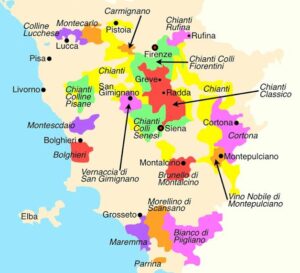
More Things to Do in Chianti
A little way outside of San Casciano in Val di Pesa, in a tiny village called S. Andrea in Percussina, lies Villa Machiavelli. This is the tavern where Machiavelli played cards, drank wine, and wrote The Prince. The place is hard to find, but it’s worth it for the food, wine, and bucolic surroundings. Visitors are encouraged to watch the signs for when they exit San Casciano, as nearby, Villa Mangicane has been transformed into a nice luxury hotel and makes for a great place to stay.
Panzano is home to one of the world’s most famous butchers, Daro Cecchini, who happens to have a restaurant called SoloCiccia, translated as “only meat.” For Italian food lovers, Cecchini’s shop is not to be missed.
Just south of Panzano is a town called Piazza, which hosts a restaurant called Osteria Alla Piazza. In fact, that’s pretty much all there is in tiny Piazza. However, it’s worth the drive to simply sit among the vineyards of Chianti and experience delicious food and wine.
Further south is the largest winery in the Chianti area, known as Barone Ricasoli. This is a good place for wine tasting, visiting the castle’s gardens and museums, and having a great lunch at Osteria del Castello. It’s in Madonna a Brolio, 5 kilometers south of Gaiole in Chianti, and about 25 kilometers northeast of Siena.



